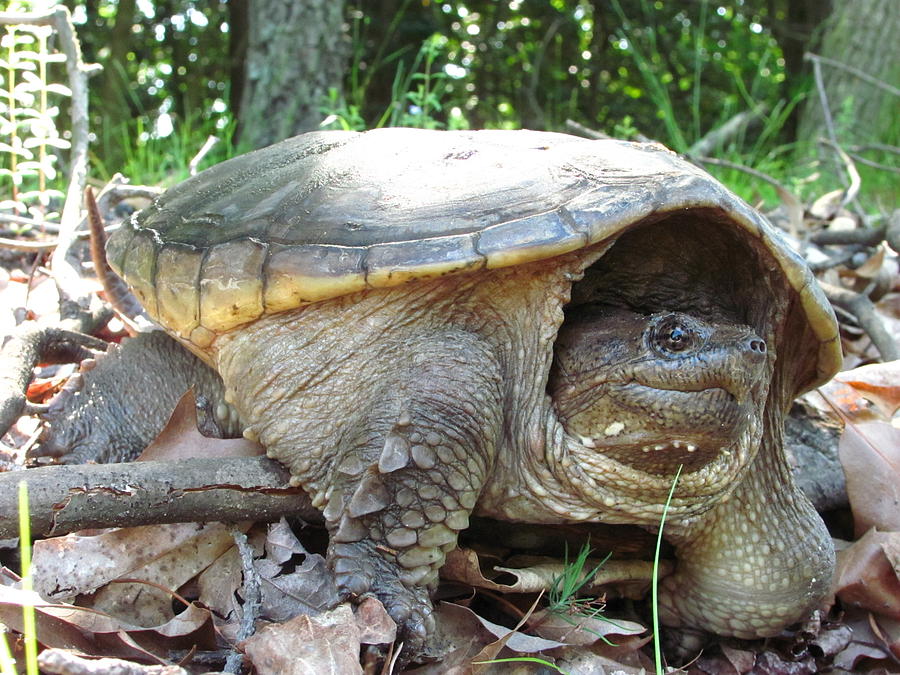
View a larger version of this map ( PDF) What threatens it The Snapping Turtle’s range is contracting. It is primarily limited to the southern part of Ontario. In Canada this turtle can be found from Saskatchewan to Nova Scotia. The Snapping Turtle’s range extends from Ecuador to Canada. Snapping Turtles often take advantage of man-made structures for nest sites, including roads (especially gravel shoulders), dams and aggregate pits. They prefer shallow waters so they can hide under the soft mud and leaf litter, with only their noses exposed to the surface to breathe.ĭuring the nesting season, from early to mid summer, females travel overland in search of a suitable nesting site, usually gravelly or sandy areas along streams. Snapping Turtles spend most of their lives in water. Hatchlings are about the size of a loonie and are smaller and darker than adults, with pronounced ridges along the length of their shell. Their tails, which can be longer than their bodies, have dinosaur-like triangular crests along their length. Snapping turtles have large black, olive or brown shells typically covered in algae. The Snapping Turtle is Canada’s largest freshwater turtle, reaching an average length of 20-36 cm and a weight of 4.5-16.0 kg. Date added to the Species at Risk in Ontario List "Special Concern" means the species lives in the wild in Ontario, is not endangered or threatened, but may become threatened or endangered due to a combination of biological characteristics and identified threats.

Taylor (middle-left, middle-right and right) Status Special Concern Cover photos credit: Wasyl Bakowsky (left), J.D.


 0 kommentar(er)
0 kommentar(er)
